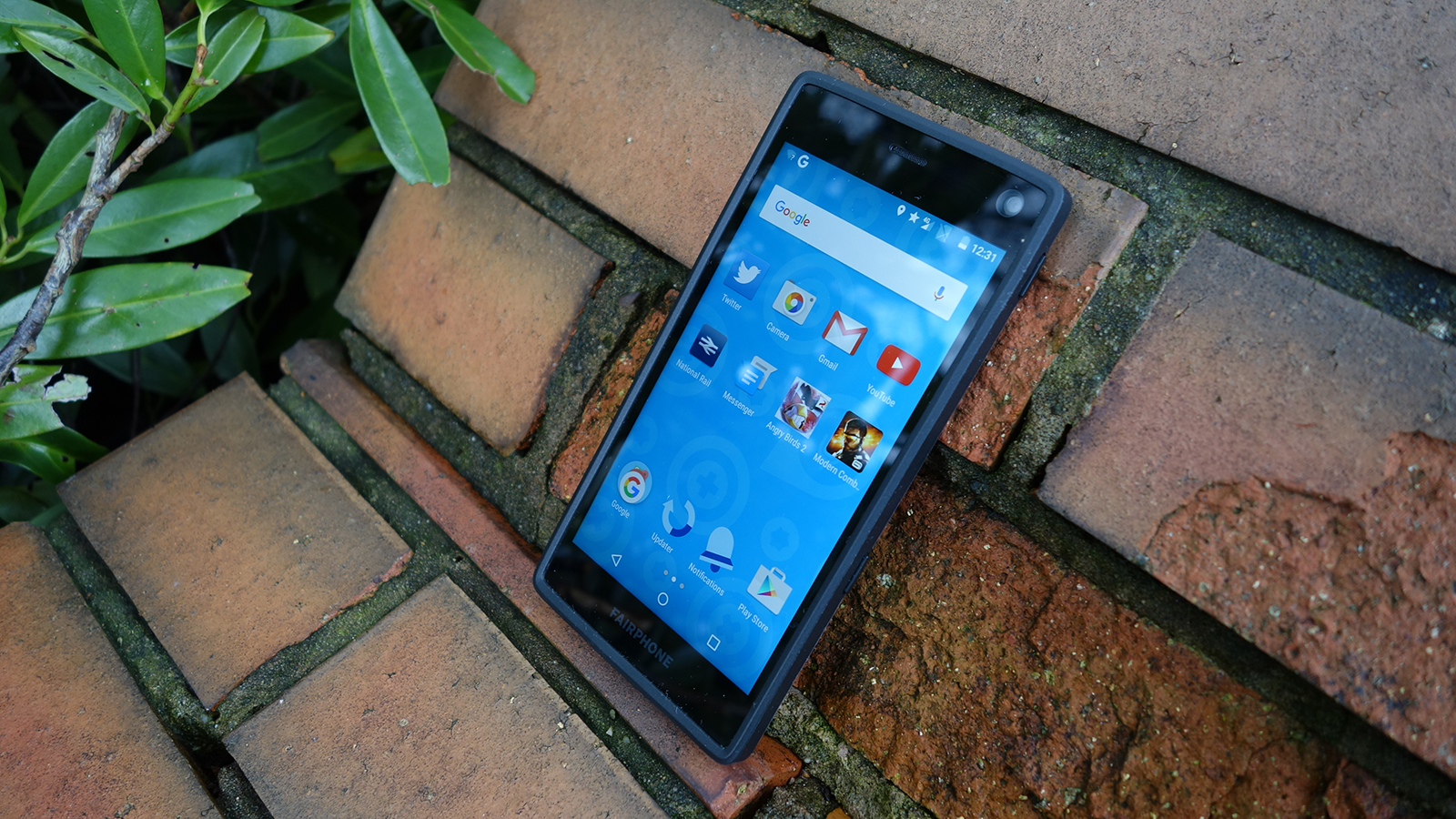Why you can trust TechRadar
Battery life
Battery life isn't something you can definitively measure in the space of two weeks – new batteries fresh from the factory usually flatter to deceive, for example – but for what it's worth the experience I had with the Fairphone 2 was something of a mixed bag.
Left to its own devices the phone would lose only a small amount of battery life, even without Marshmallow's Doze feature. On a couple of days when I hardly touched the handset at all there was still a good chunk of power left when I got back to it.
When you're actually using the Fairphone 2, though, it can start losing battery life pretty sharpish. One day I left the house at 11am with a 55% charge, only to find just 15% left by 8pm and the phone dead by 11pm – and that was after just a few minutes of web browsing, some brief bouts of emailing and a couple of photos, so not exactly heavy use.
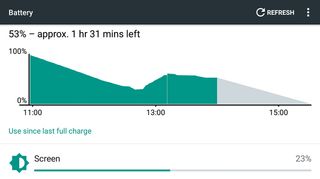
My initial feeling from the time I've spent with it is that the Fairphone 2 'hibernates' pretty well, but has a battery that drains rather speedily when you actually put it to use, as you'd expect from a 2,420mAh unit.
That's a small power pack by today's standards, but considering the relatively low-powered components the end result is a battery life that hits the universal standard we've all become accustomed to: a day of use if you're careful.
As for the great battery life leveller – the official techradar battery test – the phone didn't fare too well. While displaying a looping HD video on adaptive brightness for 90 minutes, the charge sank from 100% to 69%. Repeating the test with the screen and volume cranked right up saw a drop from 100% to a paltry 42%.
That means you could go from 100% to zero watching a two-and-a-half hour movie. By comparison, at full brightness the same test saw the Nexus 5X nosedive to 68%, the Samsung Galaxy S6 drop to 74%, and the iPhone 6S from 2015 fall to 70%.
It's another category in which the Fairphone 2 is distinctly middle of the road. As with the camera, it's slightly disappointing, but hey – you can always carry a spare battery around with you, right?
Music, movies and gaming
There are no headphones included with the Fairphone 2 (another e-waste saver). The single built-in, rear-facing speaker does an okay job of pumping out your tunes, and no more than that. When you get to higher volumes in particular you're going to start annoying yourself, and anyone sat near you on the bus.
Spotify proved a little sluggish in operation, although that's by no means a problem exclusive to the Fairphone 2. Google Play Music fared much better, and happily cranked out tunes for a whole afternoon through the handset.
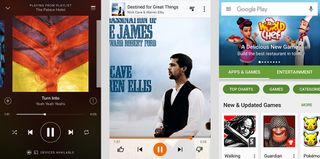
Movies and television shows are more impressive than audio on the Fairphone 2. The low-volume clarity in particular is surprisingly good, so this is a phone you can use for your late-night binge watching when you don't want to disturb anyone else.
We've mentioned how the screen uses IPS LCD technology rather than the brighter, more showy AMOLED, but the output from apps such as Netflix and Google Play Movies still comes across at a very good quality. The 5-inch screen seems rather small for the task, but then again I'm used to 6-inch displays now; your mileage may vary.

If you're being picky you might say videos look slightly washed out and desaturated, but it's only slightly – and you weren't expecting IMAX quality anyway, were you? For the occasional bit of iPlayering and so on the Fairphone 2 won't disappoint.
The plastic case makes for a comfortable video-watching experience in one hand or two, and while the cheap, stiff external buttons are one of the low points of the phone, you're not really going to need them to watch Game of Thrones on your mobile.
I didn't notice any overheating issues, with the phone remaining cool throughout prolonged periods of viewing.
The only pre-installed apps as far as media goes are Google's own, but media discovery is helped by the inclusion of a file browser called Amaze.
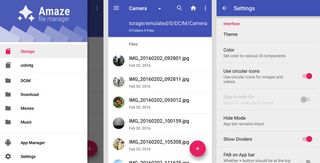
That 32GB of storage space included with the Fairphone 2 should be enough for most users, and of course the memory card option is there as well, so everyone's covered. You can rest easy that you won't be running out of room.
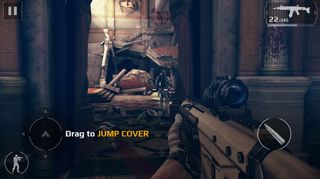
I gave Angry Birds 2 and the more intensive Modern Combat 5: Blackout a run-out, and both proved playable. There were no problems at all with Angry Birds 2, although you might find yourself spending a second or two longer on the various loading screens than you might like.
In the case of MC5 there was occasional stuttering and the phone ran very hot, but otherwise the device coped admirably, and frame rates kept up with the action. That's one advantage of a 1080 x 1920 screen as opposed to 1440 x 2560: fewer pixels to push, and less strain on the internal components.

Dave is a freelance tech journalist who has been writing about gadgets, apps and the web for more than two decades. Based out of Stockport, England, on TechRadar you'll find him covering news, features and reviews, particularly for phones, tablets and wearables. Working to ensure our breaking news coverage is the best in the business over weekends, David also has bylines at Gizmodo, T3, PopSci and a few other places besides, as well as being many years editing the likes of PC Explorer and The Hardware Handbook.
